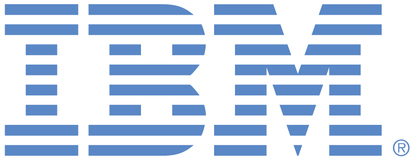
This portal is to open public enhancement requests against the products and services belonging to IBM Sustainability Software. To view all of your ideas submitted to IBM, create and manage groups of Ideas, or create an idea explicitly set to be either visible by all (public) or visible only to you and IBM (private), use the IBM Unified Ideas Portal (https://ideas.ibm.com).
Shape the future of IBM!
We invite you to shape the future of IBM, including product roadmaps, by submitting ideas that matter to you the most. Here's how it works:
Search existing ideas
Start by searching and reviewing ideas and requests to enhance a product or service. Take a look at ideas others have posted, and add a comment, vote, or subscribe to updates on them if they matter to you. If you can't find what you are looking for,
Post your ideas
Post an idea.
Get feedback from the IBM team and other customers to refine your idea.
Follow the idea through the IBM Ideas process.
Specific links you will want to bookmark for future use
Welcome to the IBM Ideas Portal (https://www.ibm.com/ideas) - Use this site to find out additional information and details about the IBM Ideas process and statuses.
IBM Unified Ideas Portal (https://ideas.ibm.com) - Use this site to view all of your ideas, create new ideas for any IBM product, or search for ideas across all of IBM.
ideasibm@us.ibm.com - Use this email to suggest enhancements to the Ideas process or request help from IBM for submitting your Ideas.
* You might be right that this request is not unique to your company but this is the first time we have seen/received such a request.
* JRS primary focus moving forward is the LQE relational store and this is the area of future reporting investment. We expect DW to stay around for some time due to the large adoption, especially for historic metrics. Therefore, we suggest to start exploring/testing LQE rs in the future.
* Is this request for a Data Warehouse (DW) or Lifecycle Query Engine (LQE)?
* Is this request for a specific domain application, for example, Engineering Workflow Management (EWM)?
There are sometimes cases where JRS can not provide a report exactly as the user would like to have but there are usually alternatives. In this case, the suggestion would be to create two reports and display them on a dashboard side by side.